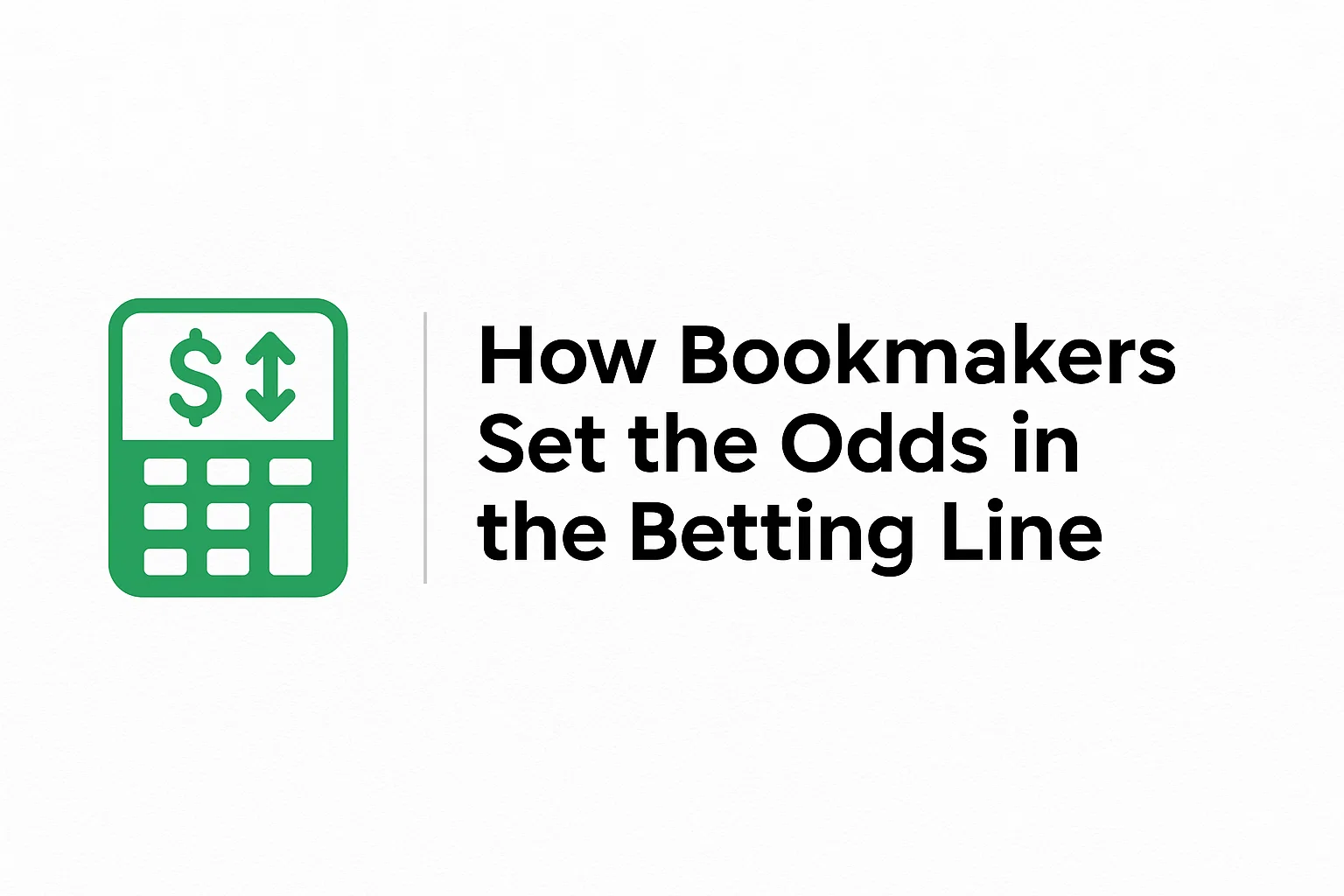
The odds are a fundamental concept in betting – the cornerstone on which all bookmaker operations are built. Through smart manipulation of odds values, bookmakers almost always remain profitable, regardless of the outcome of any individual match. This applies to all sports, including niche ones – for example, if you’re analyzing netball betting odds, the same principles are used.
Each betting odd reflects the opinion of the bookmaker on the chances of any specific outcome. In principle, the sum of all possible outcomes of a single event is 100% (1.0). For example, totals or a tennis match winner have two possible results, and football three (home win, draw, away win).
Odds are proportional to the inverse of the probability:
Suppose two tennis players have an equal opportunity to win (50% or 0.5), their odds should theoretically be:
You will never observe this with any real bookmaker line because they always deduct their commission – in betting known as the margin.
The margin is how bookmakers guarantee profitability on all outcomes. It's an added percentage to the chance of every potential outcome.
A 6% margin, for instance, implies the combined probabilities of a single outcome will equal 106%, not 100%. So, rather than two outcomes with a 50% chance each, the modified probability becomes 53% or 0.53. The relevant odds would be:
For the majority of bookmakers, it is normal for the margin to be around 2% to 7%. If the margin is much larger, you might want to switch to another bookmaker.
Notably, the margin is not always the same for every event. For top games, where bookmakers are better informed and where there are high stakes betting, the margin tends to be lower. But for lower-profile events or lower division leagues – where outcomes are less predictable as a consequence of insufficient information – the margin may be greater. This assists in protecting the bookmaker from mistakes.
Bookmakers do not just multiply probabilities for a margin. Were they to do so, odds would be unchangeable from the time they are published until the event starts. In reality, however, odds are constantly changing.
This is largely due to player activity, but unexpected outside factors (injuries, dismissals of coaches, changes in weather) can also make the perceived probability of outcomes – and thus the odds – shift.
But the biggest impact is betting trends. When many bets are made on a certain outcome, the bookmaker will lower the odds on that outcome and increase them for the opposite outcome. This helps the bookmaker reduce potential payouts if the favorite does win.
This process operates differently in various markets. For instance, in the event of top-class leagues, enormous bettings by themselves can alter the odds. In lower events, even a single large bet by itself can significantly alter the betting line.
All the above suggests that odds may deviate considerably from the initial probability calculated by the bookmaker – making a bet to be unfruitful.
Let us say a bookmaker is offering odds on Barcelona to beat Real Sociedad away at 1.75. Most punters rush to back the favorite, and when the book is full, the price drops to 1.5 or even 1.4. Few players remember to notice that Real Sociedad has long been Barcelona's toughest competitor in La Liga, in which the Catalans went seven years without a win at that stadium (though they've ended the run since – but that does not matter).
By accepting much shorter odds, the punter enters a losing situation from the start. That is why most experienced punters do not bet on certainties in big games. It's a clever choice, especially for those working on long-term strategy as opposed to short-term rewards.